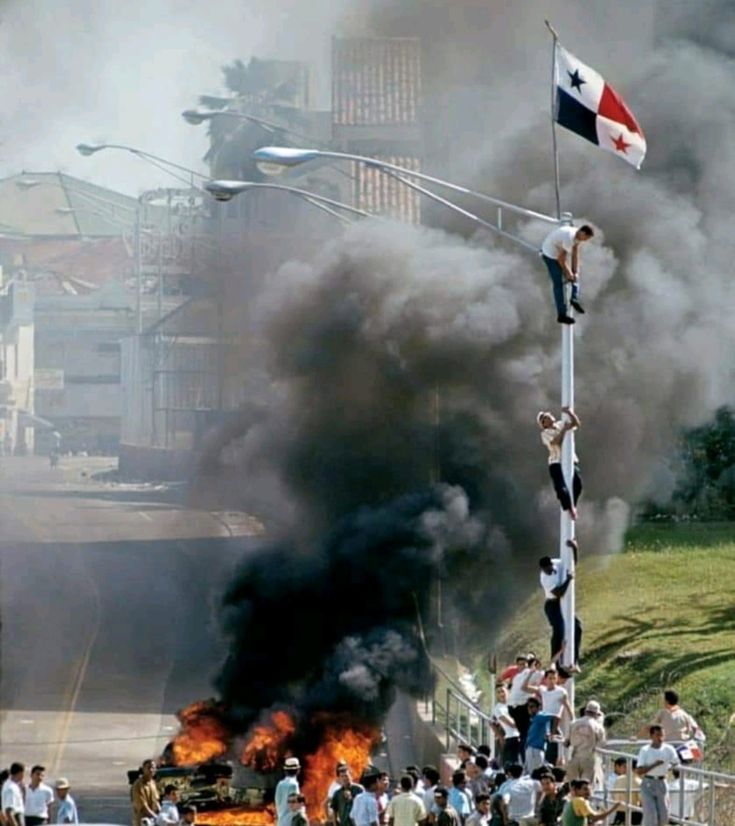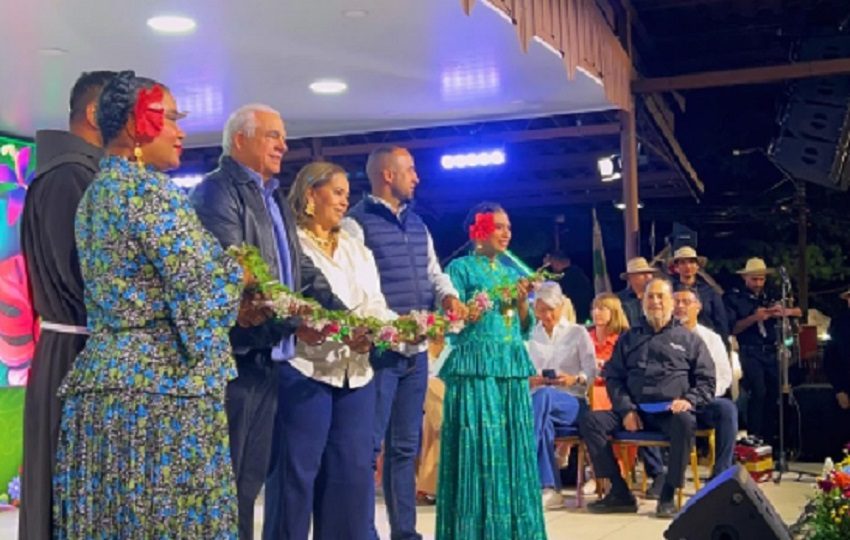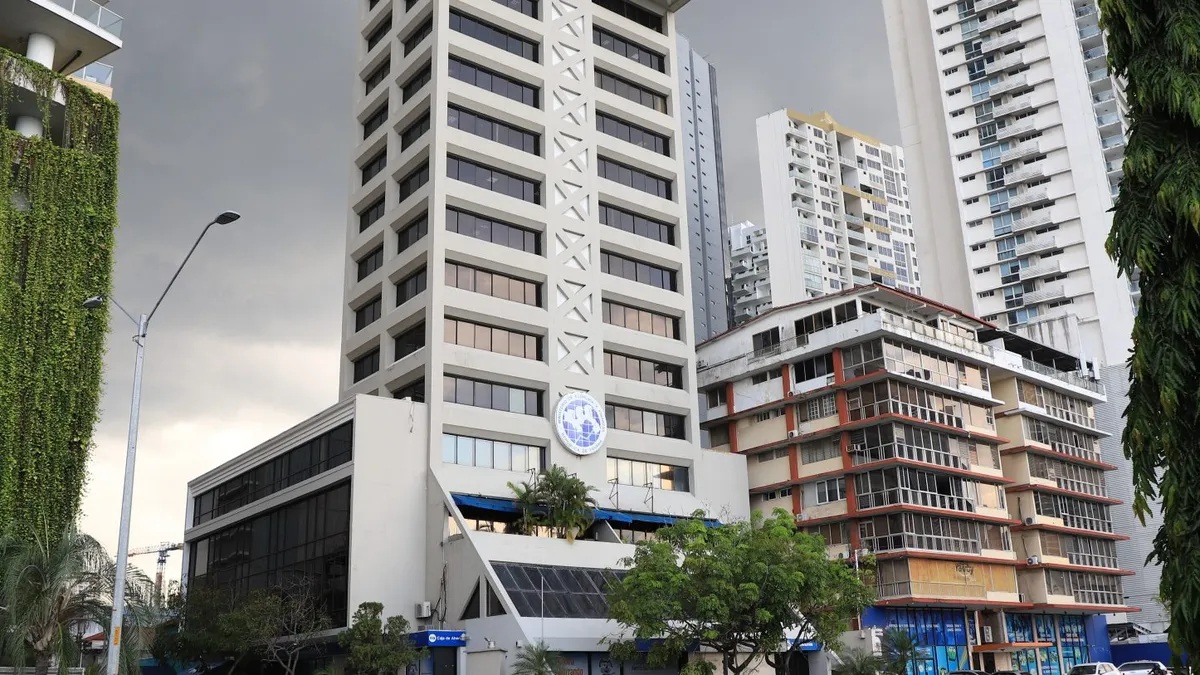Casco Viejos battle against six lane highway lost

The battle to save Casco Viejo’s designation as a world heritage site is lost according to a report in the Miami Herald on Monday August 20.
PANAMA CITY — This city’s Old Town, protected by man-made 25-foot stone walls built more than three centuries ago, has been called an echo of New Orleans’ French Quarter – but better.
Along its streets, strollers find gourmet bistros, working brothels, decayed churches and boutique hotels with bougainvillea spilling from balconies. Founded centuries ago on a tiny peninsula jutting into the Pacific Ocean, Old Town has been wracked by disease, ravaged by fire and in recent years revived into a destination.
In 1997, the United Nations declared Panama City’s Casco Viejo – or Old Town – a World Heritage Site, a distinction that marked it as a historic resource for the world. Panamanians celebrated it as a draw for tourism.
Now the district is the scene of a new tussle, however. A proposed ocean causeway that would girdle Old Town has brought to the fore the issue of whether nations have a duty to ensure preservation of areas that have been deemed part of the world’s heritage. In short, does Panama owe it to humanity to guarantee Old Town’s essential character?
The tug of war pitting forces for development against those for preservation has parallels elsewhere in the world, most recently in the German city of Dresden, with its opulent baroque palaces and gardens.
Old Town was the heart of Panama City for nearly three centuries, a fusion of Spanish, French and U.S. architectural styles with a slight Caribbean vibe. While some buildings date to colonial times, many were built between 1898 and 1930.
The World Heritage designation by UNESCO noted that Old Town is less a collection of colonial-era buildings than a pastiche of neoclassical and French architecture that “lends it a special quality that other colonial cities in Latin America lack (with the exception of New Orleans, where the quality of architecture is markedly inferior).”
“It’s the only walled Spanish city on the Pacific side of the American continent,” said Tomas Mendizabal, an archaeologist.
Many Panamanians first heard of plans that would affect Old Town early last year, when a Brazilian construction conglomerate, Odebrecht, won a $776.9 million contract to build a tunnel under the area to relieve traffic woes. Residents voiced alarm, saying they’d heard nothing about the plan. Then Panamanian President Ricardo Martinelli changed the project, settling instead on a lengthy six-lane bridge 200 yards offshore from Old Town.
That alarmed experts from UNESCO, who demanded to know what the government was doing to protect Old Town, warning that it might put the site on an “endangered” list and even yank the World Heritage designation, a move the U.N. body has undertaken only twice before, in Germany and Oman.
Banners condemning the road project now hang from some buildings in Old Town, and a popular resistance movement has grown.
“They have 30,000 members, which is really not insignificant in a place like Panama City,” said Bonnie Burnham, the head of World Monuments Fund, a nonprofit group based in New York that works to preserve cultural monuments and sites.
State-purchased television ads promoting the project now fill the airwaves, and the Martinelli government has added a class-struggle overlay to the proposal, saying the road project will ease life in El Chorrillo and Barraza, traditionally restive working-class neighborhoods.
The ads appear to be aimed at undercutting investors who’ve given a recent upscale patina to Old Town, diminishing a reputation for crime that began after wealthier residents moved to suburbs, beginning in the 1930s. “I’m against using social class as an argument in the debate,” said Rosina Ynzenga, a Spaniard who runs the Karavan Gallery in Old Town.[Casco Viejo] Old Town, which is also known as San Felipe, barely covers 100 acres but remains an urban focal point. The presidential palace, National Theater, National Cathedral and Foreign Ministry are there, as well as the French Embassy. Even so, only a few decades ago, the district had fallen into tropical decrepitude. “Panamanians did not dare come in. Tourists would get mugged,” said Hildegard Vasquez, an architect who’s the head of Calicanto, a foundation set up to preserve the district and ensure that jobs and housing are available to all social classes. Slowly, nightclubs arrived, and renovations began as a smattering of professionals and foreigners moved in. Now Old Town is an eclectic mix of art galleries, gourmet restaurants, corner dives and crumbling, gutted buildings. Ynzenga said the proposed viaduct would disrupt the vistas from Old Town to the Pacific Ocean, changing the essence of the district. “You won’t see the ocean. You’ll see a highway with a bunch of cars,” she said.
Martinelli, a supermarket tycoon, hopes that the viaduct will be one of his legacy public-works projects, along with a $1.8 billion subway system for the capital. The project has been far from transparent, though, raising questions about what further development plans might be secretly on the drawing board.
The Martinelli government denied any connection to a professional promotional video that appeared on YouTube a year ago showing plans to fill in part of the shallow ocean near Old Town [Casco Viejo] to create land for high-rise buildings. “This has become a highly politicized issue,” said Edilia Camargo, a former UNESCO official who lives in Panama City. “We see ads every day that say, ‘Let’s go with the Coastway project.’ ” Most countries cringe at the prospect of losing a World Heritage site. But Panama may be following the path of Germany, which brushed off the loss of Dresden as a World Heritage Site. Dresden officials built a four-lane bridge across the Elbe River, affecting the vista of palaces, monuments and parks in the city center.
A majority of residents supported the bridge to relieve congestion, shrugging off criticism by UNESCO, which took away its World Heritage status in 2009. Neither Martinelli nor his spokesman responded to queries about the project. A government website said the causeway would rest on pylons, ensuring that tides aren’t disrupted, and would include a bicycle lane and recreational areas. “It will also make possible a panoramic view of the historic San Felipe district from a new marine perspective,” it said.
Vasquez, the architect, said Martinelli appeared unconcerned about a loss of the World Heritage designation. “I don’t think he cares. I sat down with him. I’ve talked with him at a very long meeting,” she said. “The basic premise when he sat down at the table was, ‘I’m going to build the road.’ ” When UNESCO officials gathered in St. Petersburg, Russia, in June, they discussed the status of the Panama City site. “The idea of delisting Panama City came up, however it was not put on the endangered list, partly because of strong opposition from Brazil,” Burnham said, a reference to the South American nation that’s home to the Odebrecht conglomerate. Brazil’s role underscores other aspects to the matter, such as how much politicians are driving issues related to World Heritage Sites and whether UNESCO has gone overboard in adding to the registry. At most recent count, 962 sites around the world were listed “as having outstanding universal value.” In the end, UNESCO has no authority over Panama and how it may proceed. For her part, gallery owner Ynzenga said traders from around the world had left their imprint on Old Town, making it a literal crossroads. “Someone decided that this is a place that helped form what we are as humans,” she said





